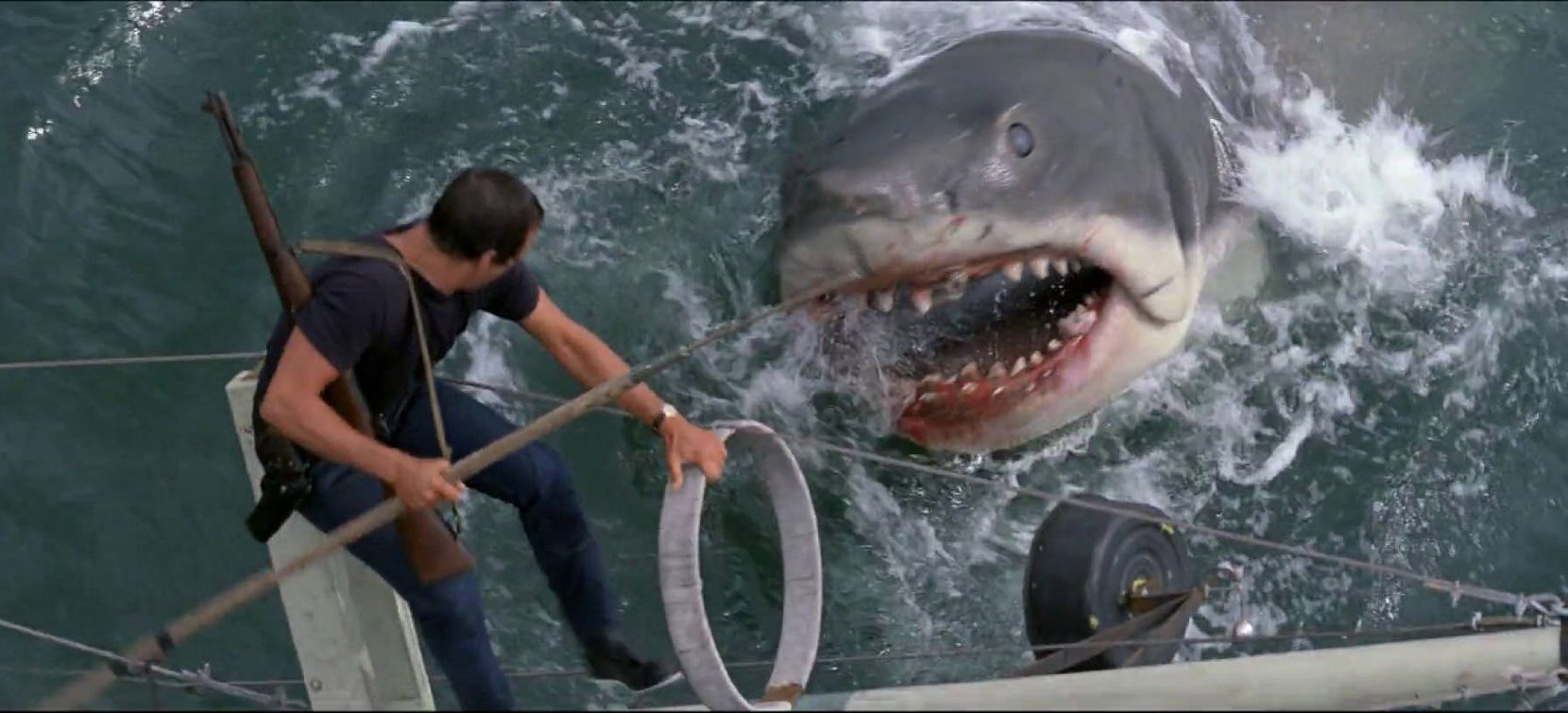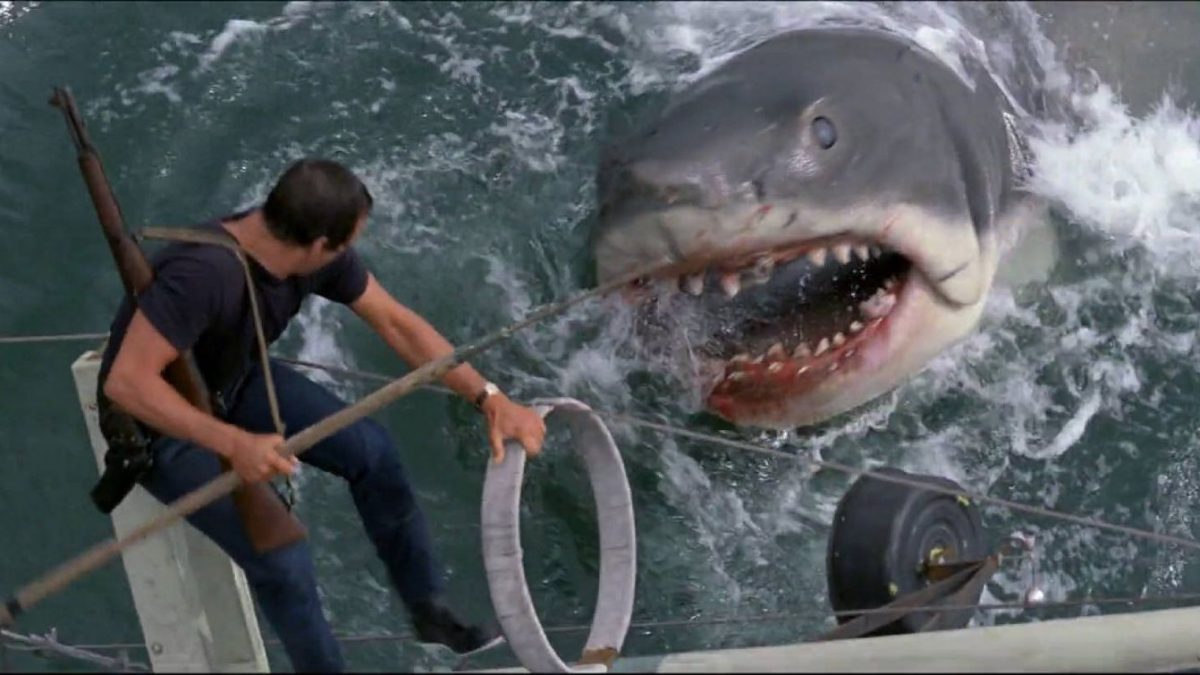
Turning an idea into a fully realized story is a long and challenging process. And even after you’ve typed “The End” or “Fade to Black,” is it still the best screenplay, novel, or short story you could’ve written?
Writing is rewriting. To save yourself some time and help mine all the gold nuggets from your story, give this technique a try. Edgar Allan Poe first wrote about it in his excellent, 1846 essay “The Philosophy of Composition.” We all know what a master of tone, terror, and shock endings Mr. Poe was.
Now, I’m not saying you need to do this with every story you write. If you’re naturally a “pantser,” it will not feel natural (no outlining will), but I urge you to try it. The results will undoubtedly impress you, save time, and solve story problems before they even start.
Once you have your idea and your main protagonist, think about the worst thing they could face (something that exploits their deepest fears and the prominent obstacle preventing them from accomplishing their primary goal). Then, build your beats around that climax until you have the basic framework of the story. From there, you can add and shape your narrative.
I would recommend even building your framework backward so you can implant every reversal and twist into the tale. In effect, you create a logical cause-and-effect structure that may prevent many rewriting headaches in later drafts.
Confused? We’ll use a well-known film, Jaws, as an example.
Let’s start with the climax:
Finale: (The worst thing the protagonist can face): Brody must face a 25-foot shark in the middle of the ocean—alone! (The two shark experts he sailed out with cannot help him.)
From there, we could then add:
Final Image: Brody and friend paddle home safely. The town is saved.
And then go all the way up to:
Opening Image: Chief of Police Brody, who’s ironically afraid of water, has moved to an uneventful resort island where he can raise his children safely.
Notice the contrast between the final snapshot of Brody versus our first glimpse of him. Now, putting that together with the Six Pillar Beats: the first three here, the next, here, and you have something like:
Opening Image: Chief of Police Brody, who’s ironically afraid of water, has moved to an uneventful resort island where he can raise his children safely.
Catalyst: Monster shark kills the initial victim; Mayor won’t close the beaches.
Break into Two: Brody and the Mayor commit to stopping the shark, advertise for shark hunters.
Midpoint: Thought dead, the monster shark attacks again, nearly killing Brody’s son. Brody demands the Mayor allow him to stop it.
Break into Three: After Brody and the two shark experts try everything on the boat, they need to develop a new plan to stop the monster shark.
Finale: (The worst thing the protagonist can face): Brody must confront the monster shark in the middle of the ocean—alone! (The two shark experts he sailed out with cannot help.)
Final Image: Brody and friend paddle home safely. The town is saved.
Give this a try with your next idea—you may seek the climactic results you’re searching for.
We’ll give John Irving, the bestselling author of classics like The World According to Garp and A Prayer for Owen Meany, who also won an Oscar® for adapting his novel, The Cider House Rules, into a screenplay, the final word:
“I don’t begin a novel or a screenplay until I know the ending. And I don’t mean only that I have to know what happens. I mean that I have to hear the actual sentences. I have to know what atmosphere the words convey. Is it a melancholic story? Is there something uplifting or not about it? Is it soulful? Is it mournful? Is it exuberant? What is the language that describes the end of the story? And I don’t want to begin something—I don’t want to write that first sentence—until all the important connections in the novel are known to me. As if the story has already taken place, and it’s my responsibility to put it in the right order to tell it to you.”









